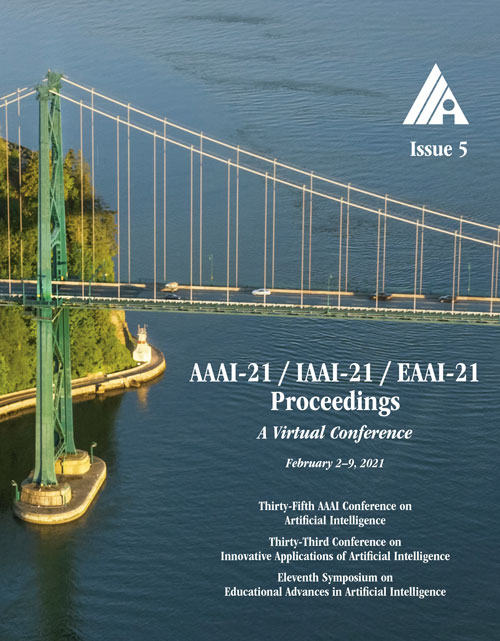AttnMove: History Enhanced Trajectory Recovery via Attentional Network
DOI:
https://doi.org/10.1609/aaai.v35i5.16577Keywords:
Mining of Spatial, Temporal or Spatio-Temporal Da, TransportationAbstract
A considerable amount of mobility data has been accumulated due to the proliferation of location-based service. Nevertheless, compared with mobility data from transportation systems like the GPS module in taxis, this kind of data is commonly sparse in terms of individual trajectories in the sense that users do not access mobile services and contribute their data all the time. Consequently, the sparsity inevitably weakens the practical value of the data even it has a high user penetration rate. To solve this problem, we propose a novel attentional neural network-based model, named AttnMove, to densify individual trajectories by recovering unobserved locations at a fine-grained spatial-temporal resolution. To tackle the challenges posed by sparsity, we design various intra- and inter- trajectory attention mechanisms to better model the mobility regularity of users and fully exploit the periodical pattern from long-term history. We evaluate our model on two real-world datasets, and extensive results demonstrate the performance gain compared with the state-of-the-art methods. This also shows that, by providing high-quality mobility data, our model can benefit a variety of mobility-oriented down-stream applications.Downloads
Published
2021-05-18
How to Cite
Xia, T., Qi, Y., Feng, J., Xu, F., Sun, F., Guo, D., & Li, Y. (2021). AttnMove: History Enhanced Trajectory Recovery via Attentional Network. Proceedings of the AAAI Conference on Artificial Intelligence, 35(5), 4494-4502. https://doi.org/10.1609/aaai.v35i5.16577
Issue
Section
AAAI Technical Track on Data Mining and Knowledge Management

